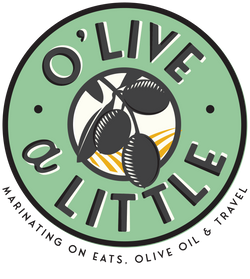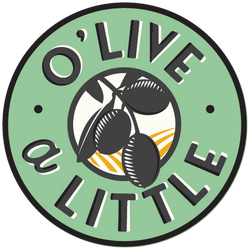
Aphrodisiac Foods May Or May Not Prove To Turn Up The Libido. But, Hey, It Can’t Hurt To Try!

Ahh, Valentine’s Day. The holiday of love and romance conjures up so many creative opportunities to say and show how much that special someone means to you.
History and literature are at no loss for the romantically inclined. Reference to food, beliefs, and folklore teach us the right tasty morsels will excite and arouse desire in our love interest.
Many of us have heard of references to the amorous effects of oysters, red wine, garlic and chocolate in popular movies and literature. In fact, all it took was one oyster for Casanova to seduce a lover in one his famed conquests. For modern-day proof, check out this Haagen-Daz ad featuring Bradley Cooper.
Actually, if you search long enough, you’ll find a reference to just about every food as an aphrodisiac – which makes sense because food is a pleasure-seeking activity and eating certain foods triggers some of the same endorphins and physical responses as sex. Throughout history, civilizations have honored and traded in specific foods native to their region that were known to have arousing effects. In this article titled “17 Aphrodisiac Foods Used in Cultures Around the World“ published on backpackertravel.org, olive oil, garlic, and other Italian cuisine topped the list.
In Arabic cultures, dates are said to energize, revitalize, and are also thought to enhance a woman’s sexual appetite. Cacao, technically a seed that is the foundation of chocolate has a history that dates back 5,000 years to the ancient Mayan and Olmec civilizations. Rumor has it, ancient Aztec ruler Montezuma would drink 50 cups of chocolate before visiting his harem.The ‘love chemical’ phenylethylamine is found in cacao – and is the same compound that releases dopamine into the brain during sexual intercourse.
That piece of chocolate can literally put you in the “mood”!!
If you like spicey food, there’s a good reason for that, too. Chili peppers were first cultivated in Central and South America and with the creation of international commerce, the spicy, potent chili pepper was soon shipped all around the world. It became significant in many cultures and known as an aphrodisiac.
For even more interesting facts and anecdotes, check out the blog article, “Love Potions: A Brief History of Aphrodisiacs” by Alexandra Malmed in vogue.com.
What is science and what is a myth?
Certain factors point to scientific links between food “chemicals” like in the effects with chocolate described above. In the case of chilis and spices, these substances create added blood-flow to the abdominal and pelvic regions, just like the areas of the body activated during sexual arousal.
In other instances, science tells us the nutrients in certain foods “energize” the body, naturally, making us more interested in expending that energy and “ready for action". But scientists also say there is not solid proof that food causes arousal. Some of it could be in our heads. There is also the possibility some foods have a reputation because their shape resembles genitalia. Think, figs, avocados, oysters, bananas, and asparagus. All of which are on the arousing foods list.
So, here’s the thing, science or myth, fact or fiction, I say for the slight chance maybe it’s true, it might be worth cooking a Valentine’s meal for the love of your life. If nothing else, the time and effort put into a thoughtful meal will certianly turn out to be better than any present found in a store or online.
A commom mantra these days is "Food is Love". I belive it goes to a deeper place..."Food Is Connection". And the connection created when one cooks for someone goes well beyond anything wrapped up in a box with a pretty bow. (Besides, eating out on Valentine's Day is usually and overpriced with a limited menu that is never very good!)
Here are two delicious and easy cooking ideas for Valentine's Day...



